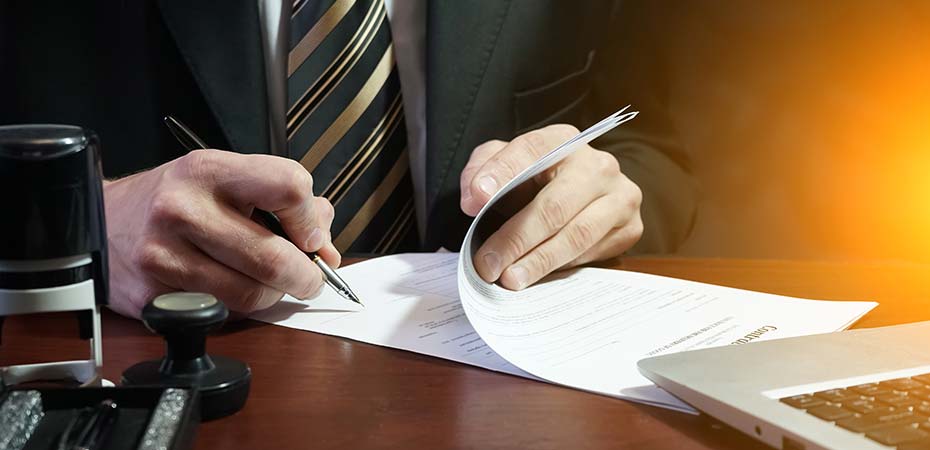Singapore High Court has no original jurisdiction to revoke a patent

For years, defendants in patent infringement proceedings have brought counterclaims for revocation of the patent. However, a recent High Court judgment indicates that this is no longer possible.
In Sun Electric Pte Ltd v Sunseap Group Pte Ltd [2017] SGHC 232, the Singapore High Court ruled that the High Court does not possess original jurisdiction under the Singapore Patents Act (Cap. 221, 2005 Rev Ed) (the “Patents Act“) to revoke a patent by way of a counterclaim in infringement proceedings. The Court observed that the existence of such practice did not provide a basis to establish jurisdiction as a matter of law.
The primary point of contention was that section 80(1) of the Patents Act omits any reference to the court, and only provides that the Registrar of Patents (the “Registrar“) may revoke a patent on the specified grounds.
It was contended, and accepted by the Court, that Parliament did not intend to vest the court with original jurisdiction to hear and determine revocation applications. This was because section 72(1) of the UK Patents Act 1977 (c.37) (the “UK Patents Act“), on which section 80(1) of the Patents Act was based, expressly provides that the power to revoke a patent on application is enjoyed by both the court and the comptroller (the UK equivalent of the Registrar); the omission of any reference to the court therefore must have been deliberate.
In coming to its decision, the Court observed that it is not necessary to wait for an infringement action to be commenced before starting revocation proceedings, unlike a claim for invalidation of a patent.
Further, even though the only grounds on which the validity of a patent can be put in issue are the grounds on which the patent may be revoked (see sections 80 and 82(3) of the Patents Act), the Court made a distinction between the invalidation of a patent and the revocation of a patent. Where the patent is found to be invalid, the patent remains as a granted patent until it is revoked; the defendant has the express right to defend the proceedings by raising the issue of validity of the res, the rights in which would be relied upon in the action. However, a counterclaim for revocation goes beyond a defence to a claim for infringement, which is an in personam action (i.e. against an individual entity). This is because an order revoking a patent has an effect in rem (i.e. against the patent and is conclusive against the world), and has effect from the date of the grant of the patent (i.e. ab initio). Accordingly, jurisdiction in rem is necessary for the court to have the jurisdiction to hear and determine revocation applications.
In addition, it is settled law that the jurisdiction of a court must be conferred by the statute constituting it. Section 16 of the Supreme Court of Judicature Act (Cap. 322, 2007 Rev Ed) (“SCJA“) confers on the High Court the jurisdiction to hear and try any action in personam. It therefore follows that the court does not have the jurisdiction to hear and try any actions in rem unless the jurisdiction to do so is vested in it by any other written law (section 16(2) of the SCJA). It was noted by the Court that the only statutory provision in the Patents Act that deals with revocation is contained in section 80, which, as stated above, does not make any reference to the court. While the court has been provided with the right to make any order or exercise any power which the Registrar possessed for the same question that was before the Registrar by section 91(1) of the Patents Act, section 91(1) only grants the court the power and not the jurisdiction that the Registrar has under the Patents Act.
Also, the statutory provisions and procedure on revocation are directed towards the Registrar, including provisions on re-examination by patent examiners, and the application to the Registrar must be in the prescribed form. Section 80 of the Patents Act, tellingly, does not prescribe any procedure for an application for revocation to the court.
Accordingly, in the absence of express statutory provision conferring original jurisdiction upon the court to hear revocation proceedings or to grant a prayer for revocation, whether or not by way of counterclaim in infringement proceedings, it was ruled that the High Court had no such jurisdiction to do so.
The Court noted that Sunseap Group Pte Ltd had not applied for revocation proceedings by way of section 80 of the Patents Act, but had counterclaimed for invalidity of the patent and prayed for the consequential order that the patent be revoked. However, such an order would be a strained and artificial way for the court to circumvent its lack of jurisdiction to make an order that is indisputably of an in rem nature, even if it were to operate only in personam.
It remains to be seen whether an appeal will be filed. In the meantime, however, potential defendants in patent infringement disputes who wish to revoke the patent ought to commence revocation proceedings before the Registrar before the commencement of patent infringement proceedings.

